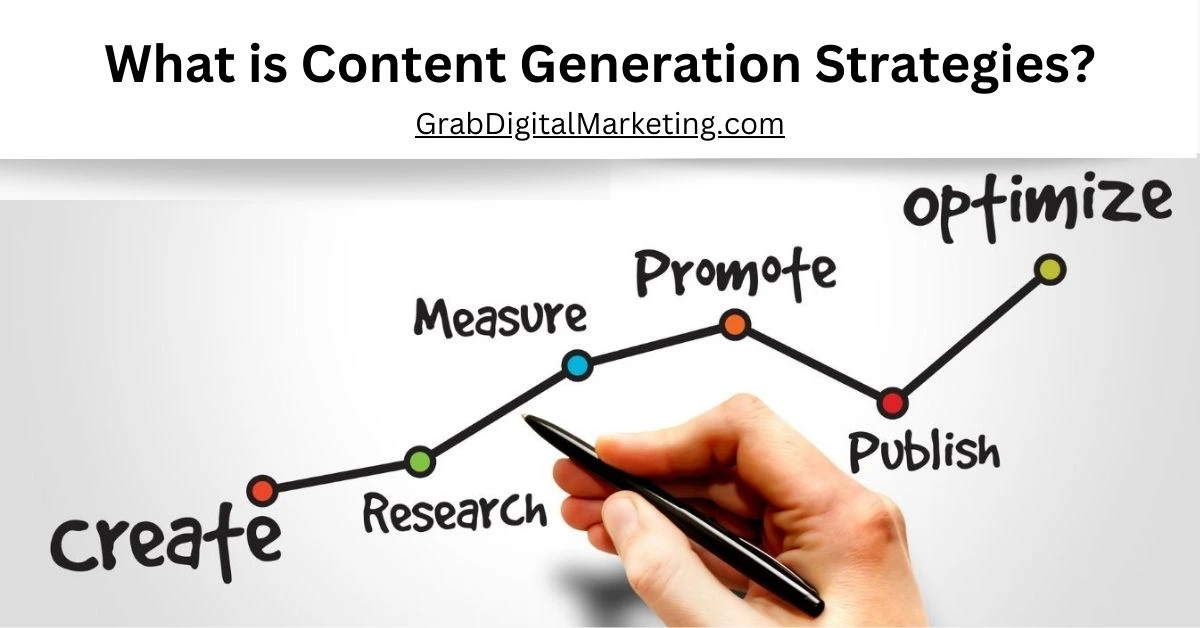What is Content Generation Strategies ?
Content generation strategies are the organized plans and methods people or businesses use to create meaningful, engaging, and purposeful content for their audience. Think of it as a roadmap that helps guide what kind of content you should create, when to create it, how to present it, and where to share it. Whether you’re writing blog posts, creating YouTube videos, posting on social media, or developing educational materials, a strategy ensures that your content isn’t random or inconsistent—it serves a purpose and connects with the right audience. At its core, content generation isn’t just about writing or recording something and publishing it. It’s about making sure your content aligns with your goals—like increasing brand awareness, educating your audience, entertaining followers, or encouraging someone to take a specific action, such as subscribing or making a purchase. A good strategy starts by understanding who your audience is. What do they care about? What problems do they face? What kind of content do they already consume—and what’s missing from that content? Knowing this helps you create material that feels relevant and valuable to them.
Table of Contents
1. Understanding Content Generation

Content generation, in the context of human language, is the process by which people create spoken or written messages intended to communicate ideas, emotions, stories, facts, or instructions to others, and it is one of the most fundamental aspects of human communication. At its core, generating content means expressing what’s inside the mind—thoughts, beliefs, observations, questions, or creativity—using language that another person can understand. This process can be casual, like telling a friend about your day, or formal, like writing a news article, creating a marketing campaign, or delivering a public speech. Regardless of the setting or purpose, content generation requires a combination of cognitive, linguistic, and social skills. It begins with the formation of an idea. For example, a person may observe something interesting or feel a strong emotion, prompting the desire to share it. Once this desire is present, the brain begins to organize thoughts into a structure that can be communicated using language.
2. Importance of Content Generation Strategies
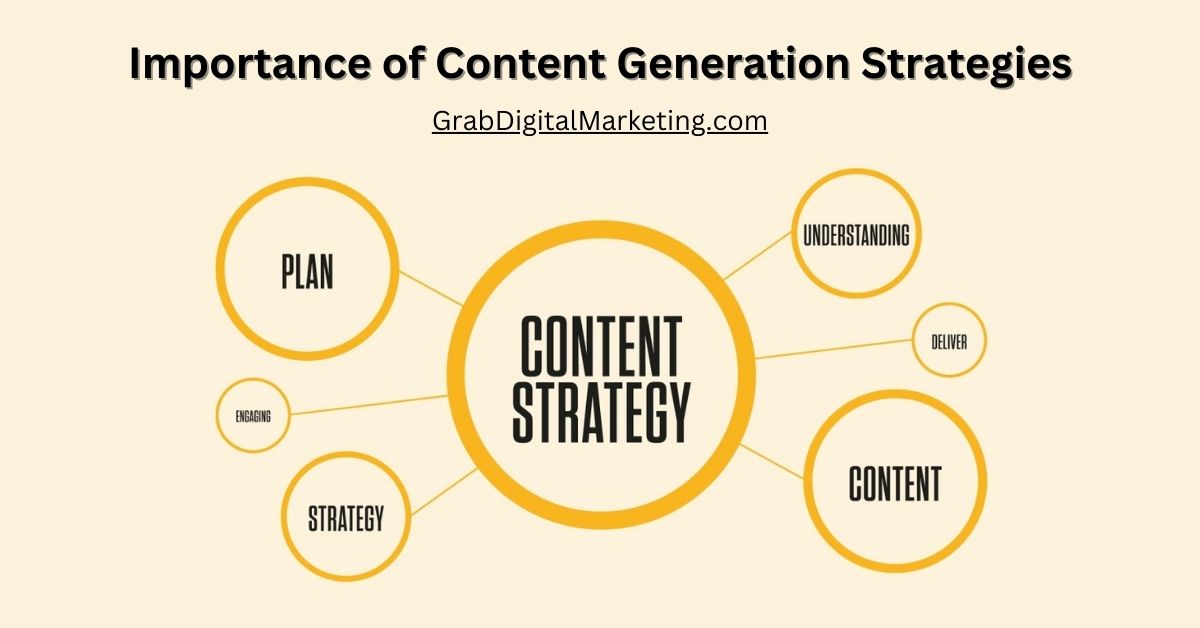
Without a clear strategy, content creation can become aimless, leading to wasted effort and resources. A well-defined content generation strategy ensures:
- Relevance: The content is tailored to meet the audience’s needs, preferences, and pain points.
- Consistency: Regular publishing of high-quality content to maintain audience engagement.
- Optimization: Improved search engine visibility through keyword integration and SEO practices.
- Goal Achievement: Alignment with marketing objectives such as lead generation, conversions, or brand building.
3. Key Elements of a Content Generation Strategy
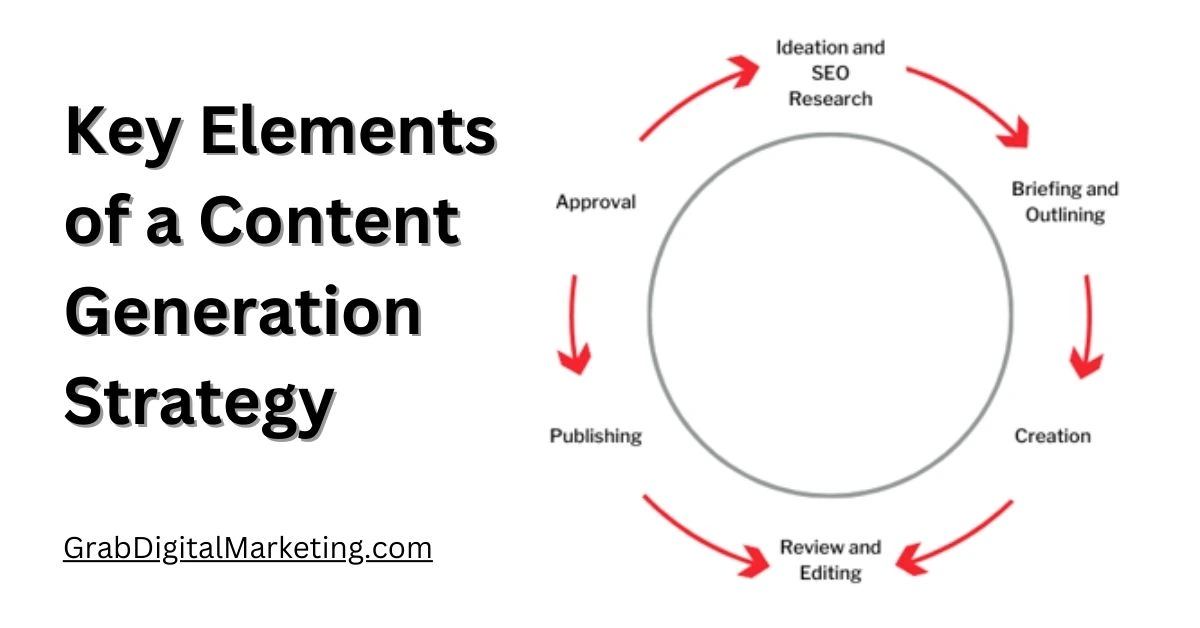
Developing an effective strategy involves several key components:
a. Audience Research
Understanding the target audience is the foundation of any content strategy. This includes:
Demographics (age, gender, location, etc.)
Psychographics (interests, values, preferences)
Challenges and pain points
Preferred content formats and platforms
b. Setting Goals
Define clear, measurable objectives for content creation. Common goals include:
Driving website traffic
Generating leads
Enhancing brand awareness
Building authority in the industry
c. Content Types and Formats
Identify the types of content that resonate with the target audience. Examples include:
Blog posts for in-depth insights
Videos for storytelling and visual engagement
Infographics for data visualization
Social media posts for real-time interaction
Case studies to showcase success stories
d. Content Calendar
A content calendar helps plan and organize content creation efforts. It includes:
Publishing schedules
Important dates and events
Topics and keywords
Assigned creators or contributors
e. SEO and Keyword Research
Optimize content for search engines by:
Conducting keyword research to identify relevant terms
Integrating keywords naturally into content
Optimizing meta descriptions, headers, and images
f. Distribution Channels
Decide how and where content will be shared. Options include:
Websites and blogs
Social media platforms
Email newsletters
Online communities and forums
4. Content Generation Techniques
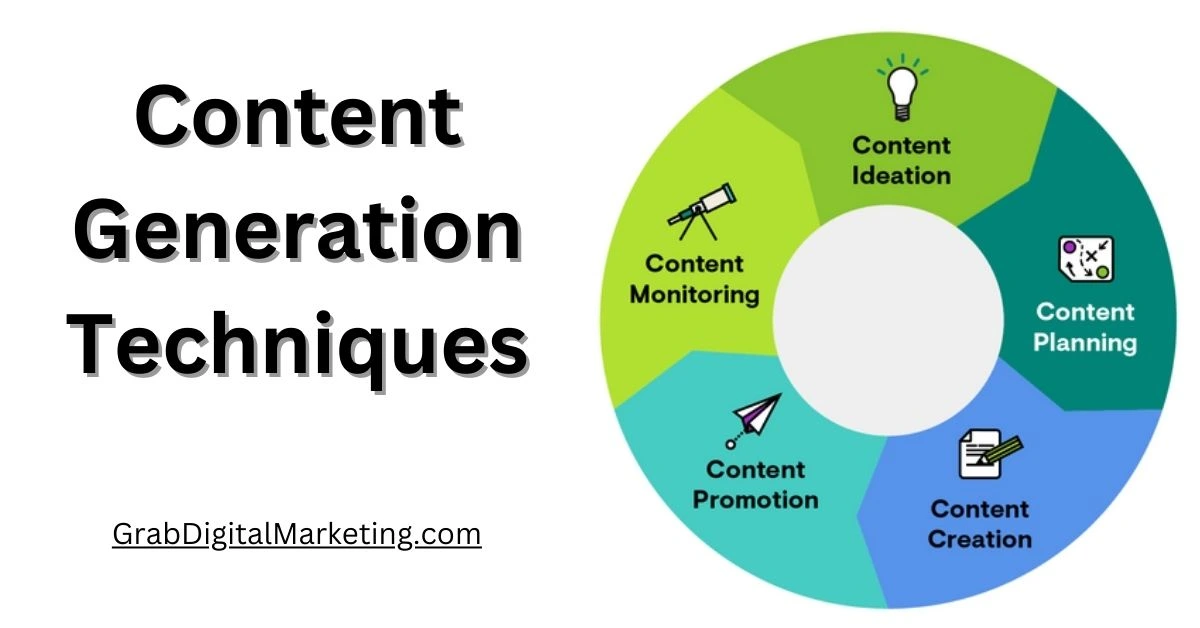
Several techniques can be employed to create engaging and high-quality content:
a. Repurposing Content
Turn one piece of content into multiple formats. For example:
Convert a blog post into a video or podcast
Create an infographic from a research report
b. Leveraging User-Generated Content (UGC)
Encourage customers and followers to create content, such as reviews, testimonials, and social media posts.
c. Storytelling
Use storytelling to make content relatable, memorable, and emotionally impactful.
d. Data-Driven Content
Incorporate data, statistics, and insights to build credibility and authority.
e. Collaborations and Partnerships
Partner with influencers, industry experts, or other brands to co-create content.
5. Challenges in Content Generation
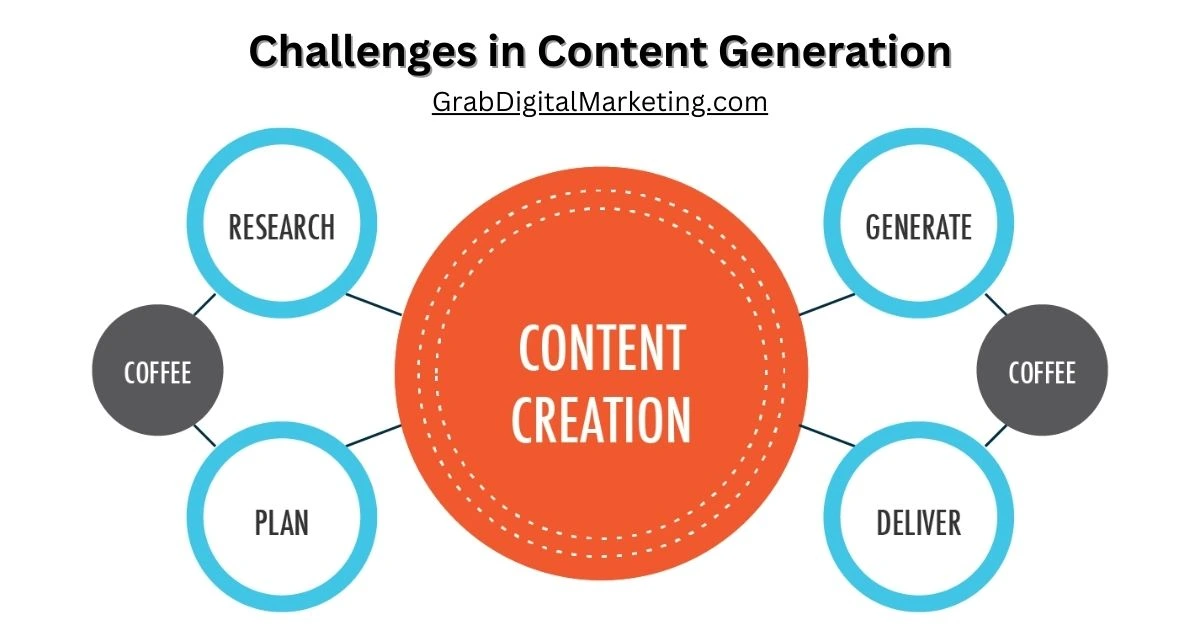
While content strategies offer numerous benefits, they also come with challenges:
- Time Constraints: Consistently producing content can be time-intensive.
- Quality Maintenance: Balancing quantity with quality is essential.
- Audience Engagement: Ensuring content resonates with the audience requires continuous adaptation.
- Evolving Trends: Staying updated with industry trends and consumer preferences can be challenging.
6. Measuring Success
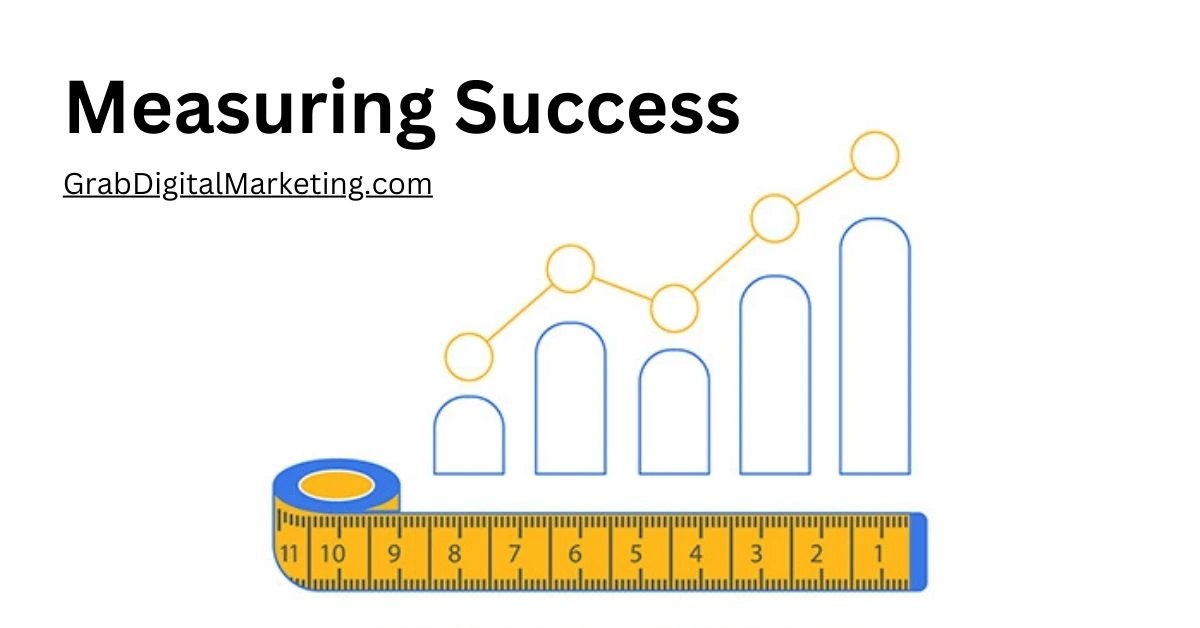
To evaluate the effectiveness of content generation strategies, use metrics such as:
Website traffic and page views
Social media engagement (likes, shares, comments)
Conversion rates and lead generation
Return on investment (ROI)
Conclusion
Content generation strategies are essential for creating meaningful connections with an audience and achieving marketing goals. By understanding the audience, setting clear objectives, and leveraging various content formats and channels, organizations can craft impactful and engaging content that drives results. Challenges may arise, but with careful planning and adaptability, content strategies can become a powerful tool for success in the digital landscape.

